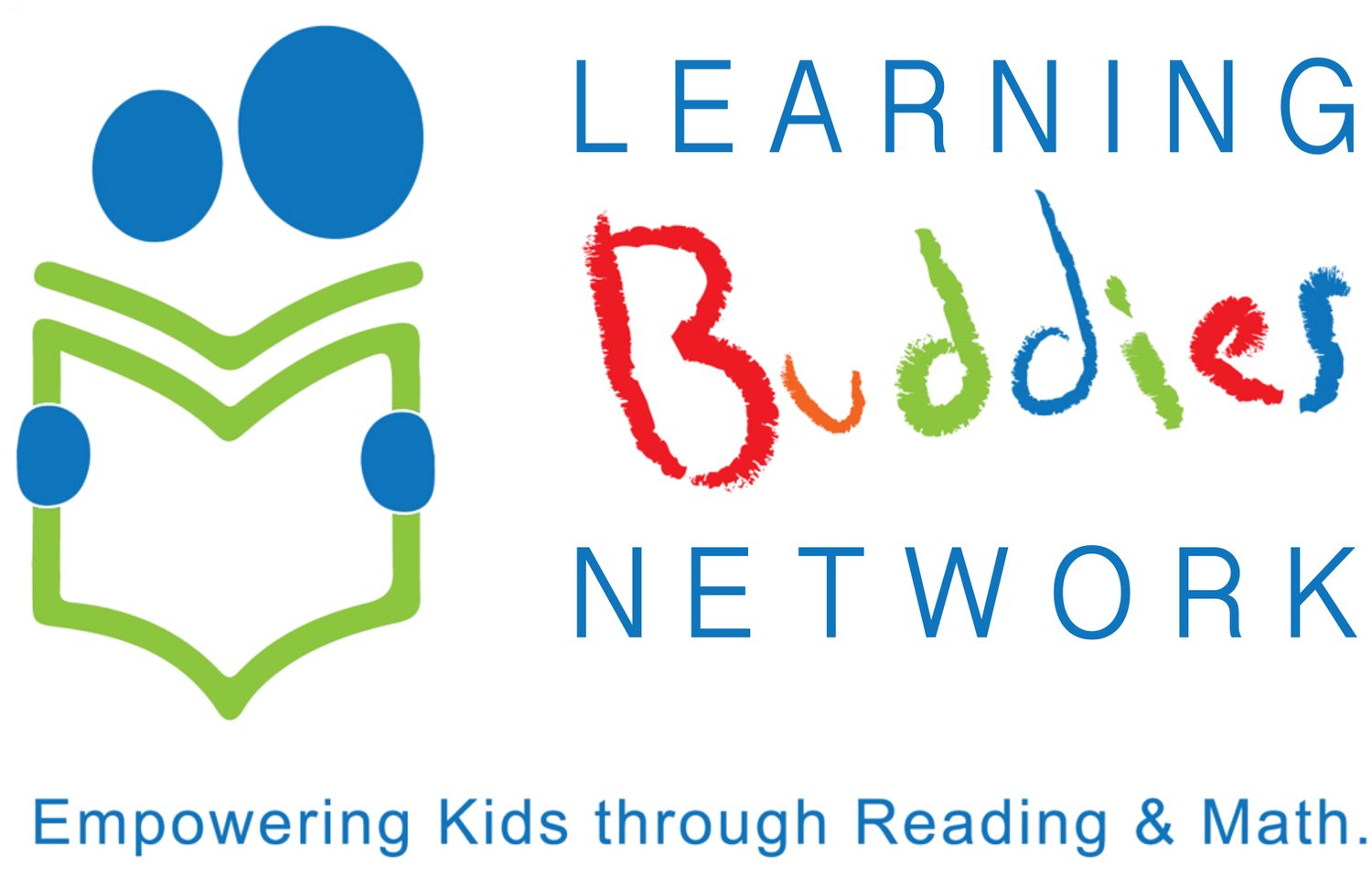Study Techniques for Students
Source: Unsplash (@nickmorrison)
Are you curious about the most effective ways to study for your exams? Look no further! This blog provides valuable insights into popular studying techniques that can help you optimize your learning. Dive in and explore the following list of highly recommended study techniques suitable for students at all educational levels. By trying them out, you'll be on your way to achieving academic success.
1. Active Studying
Most students rely on passive studying, which is simply re-reading your notes and repeatedly writing them down without much thought. However, this may be an inefficient way to study for some, since you are not engaging with the material. Instead, according to the Science Peer Academic Coaches at UBC, it is important to actively study the material to firmly retain it. One effective approach to active studying is a technique known as “practice retrieval”. You can practice retrieving information from memory by using flashcards, summarizing the material in your own words, or teaching it to someone else. This is a great technique to use for courses that demand extensive memorization.
2. Pomodoro Technique
If you rely on a structured study technique to stay focussed, then try out the Pomodoro Technique! It is recommended by the College of New Caledonia as a powerful time management strategy that boosts productivity and concentration. It involves dividing your study or work sessions into "pomodoros," which are usually 25-minute blocks. Afterwards, it is important to give yourself a quick 5-10 minute break. Once you complete a few pomodoros, reward yourself with a longer break of 20-30 minutes. This method optimizes focus, prevents exhaustion, and enhances task organization. By utilizing a timer and dedicating yourself to focused work during each pomodoro, you can effortlessly maintain high productivity levels while effectively monitoring your accomplishments.
3. The 80/20 Rule
The 80/20 rule, also known as the Pareto Principle, is a study technique that is great for students who are in a time crunch as it emphasizes the importance of prioritization. It states that approximately 80% of the outcomes are derived from 20% of the efforts. When applied to studying, this means identifying the key topics or concepts that have the most significant impact on your understanding and grades. By focusing on these crucial areas and dedicating more time and effort to them, you can maximize your learning and efficiency while minimizing time spent on less impactful tasks. This technique enables you to achieve better results by concentrating on what truly matters and optimizing your study efforts for optimal success.
Remember, everyone has different learning styles and preferences. Experiment with these techniques and adapt them to suit your own needs. Find what works best for you and develop a personalized study routine.

